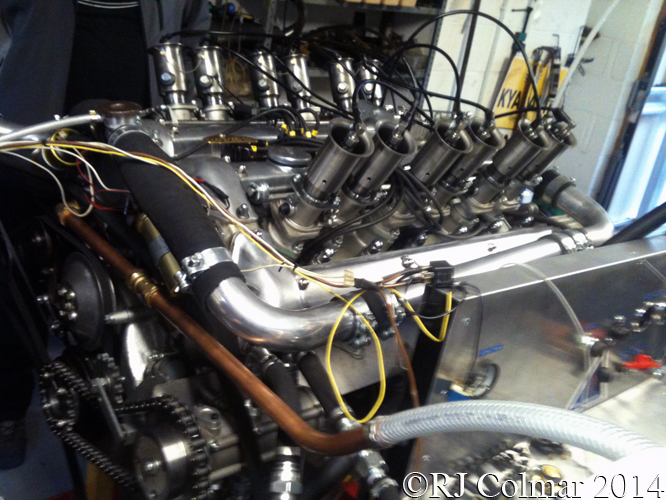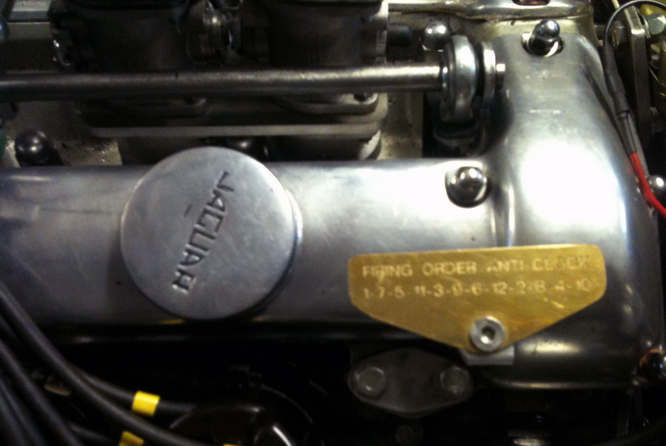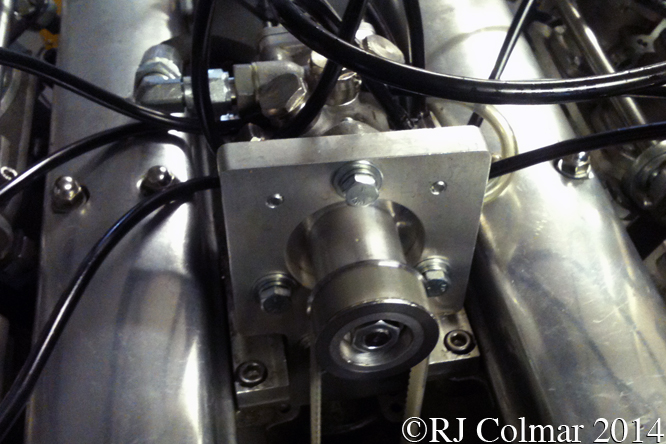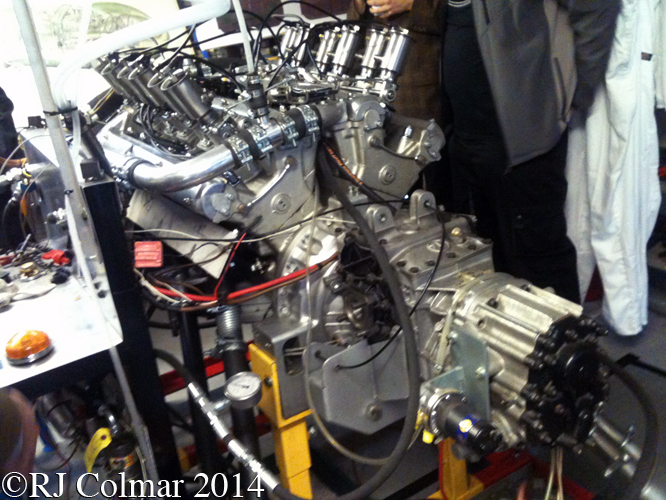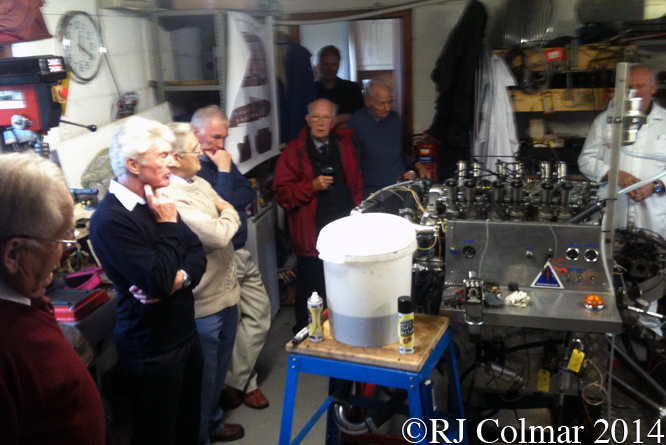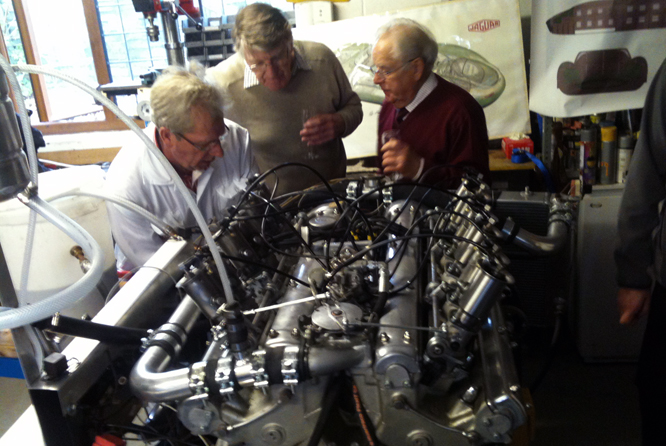Bristol Cars introduction to motor racing came as a supplier of 2 litre 6 cylinder motors which were used by chassis manufacturers that included AFN who produced Fraser Nash cars, Cooper, Lister, Lotus and smaller operations like Warrior.
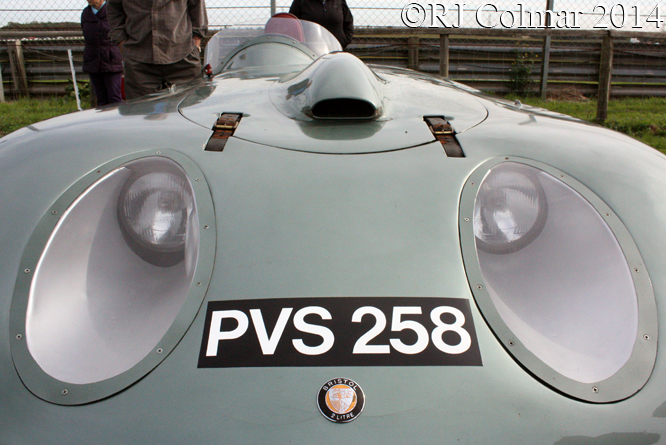
The first use of a Bristol 2 litre engine at Le Mans came in 1949 when Norman Culpan drove his Fraser Nash High Speed from Yorkshire to the La Sarthe circuit where he was joined by AFN director HJ Adlington and the pair recorded a third place finish 11 laps down on the winning Ferrari 166MM driven by Luigi Chinetti and Lord Selsdon, after the race Norman drove his car back to Yorkshire and AFN produced a run of 34 cars known as Le Mans Replica and Le Mans Mk II’s, these cars have also since been replicated by Crosthwaite & Gardiner, Werner Oswald and others.
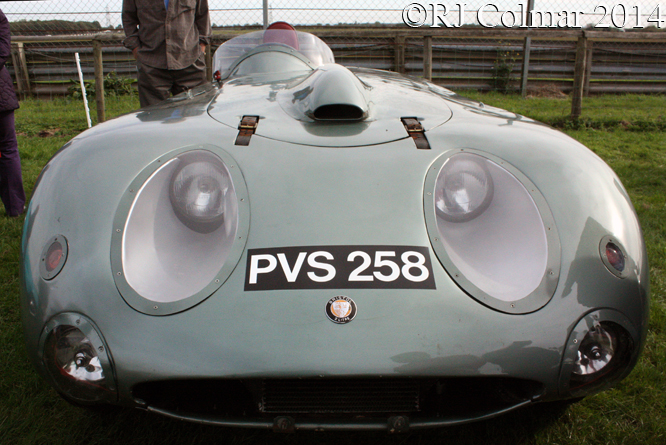
In 1952 Percy Kemish and Stan Ivermee were responsible for setting up the Bristol’s Racing Department which included employees Ken Evans, Rupert Gildersleeve, and Stan Sparks.
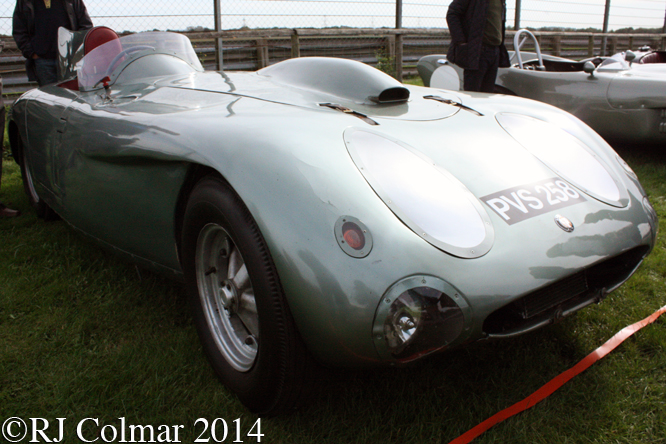
The chassis for the first Bristol 450 Le Mans challengers were based heavily on the Bristol powered ERA G-Type, an open wheeler with an unusually wide chassis and offset driver which had been bought from ERA proprietor Leslie Johnson at the end of the 1952 season, while the aerodynamically tested coupé body appeared remarkably crude with lights that looked like they had been added as an after thought.
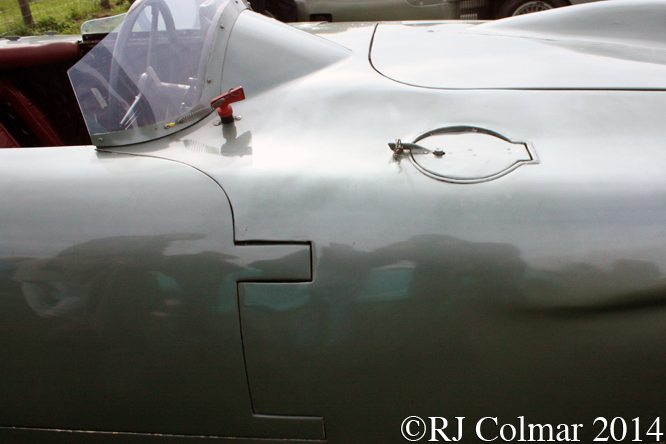
Two Bristol 450’s made the grid for the 1953 Le Mans race one retired when a connecting rod broke causing the car to skid off the Mulsanne Straight on the 30th lap and the second retired after a crankshaft balance weight sheered through the sump and exhaust causing a fire after completing 70 laps.
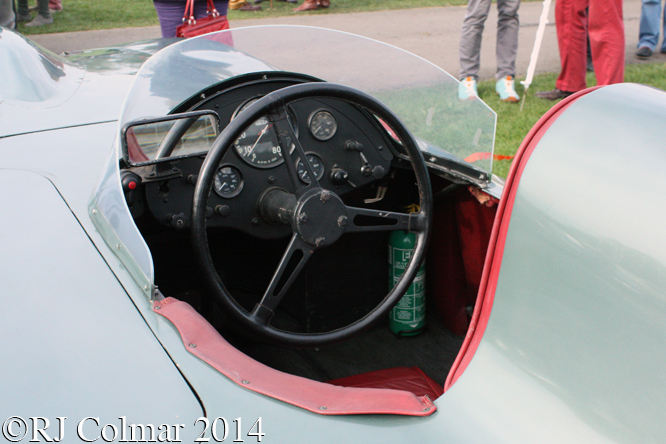
With the crankshaft balance weights removed Peter Wilson and Jack Fairman drove a 450 to a 2 litre class victory and 5th place overall in the Reims 12 hour race in July 1953.
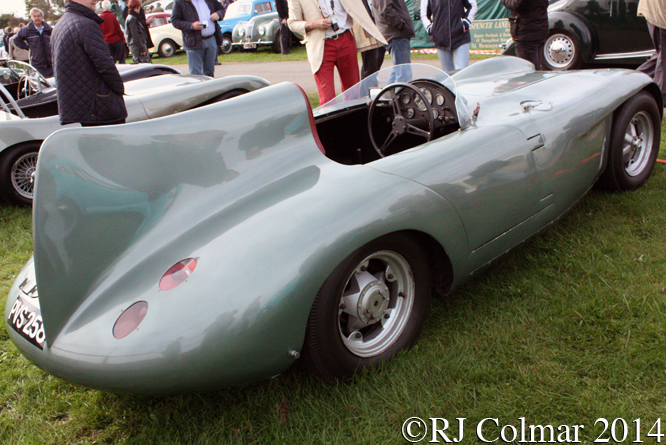
For 1954 the 450’s received refined coupé bodies with faired in headlights and two pronounced tail fins, this time the team finished 1st, 2nd and 3rd in class at Le Mans as Peter Wilson with Jim Mayers, Tommy Wisdom with Jack Fairman and Mike Keen sharing with Tommy Line brought their cars in 7th, 8th and 9th places overall, at Reims the 450’s came home in 10th, 11th and 12th places overall, 2nd, 3rd and 4th in the 2 litre class.
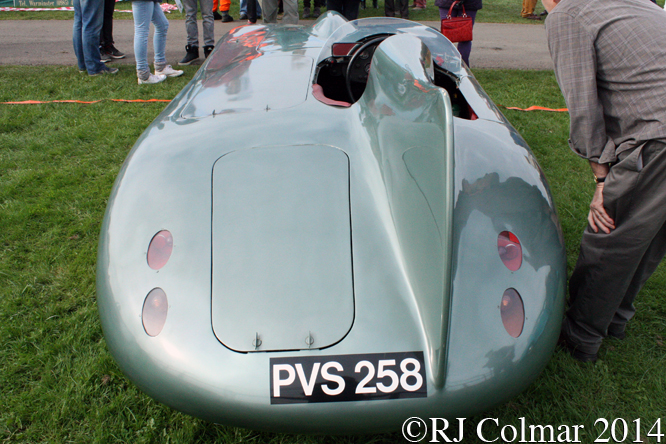
For 1955 more speed was sought by taking the roofs off the cars and running them with a screen for the driver who now had to brave the elements and deck over the passenger seat as seen in these photos taken at last years Autumn Classic meeting at Castle Combe.
Running with the same driving squad as 1954, the now 150 mph cars achieved exactly same result at Le Mans as in 1954, this time with Mike Keen and Tommy Line pipping Tommy Wisdom and Jack Fairman for 8th place.
The teams prize monies for the 1955 race were donated to the fund set up to help the victims of the 1955 Le Mans disaster and the Racing Department was disbanded before the Bristol Cars Division was separated from the Bristol Aeroplane Company in Autumn 1955.
The teams cars were all broken up bar today’s featured car, which is said to have been built up from the best parts of the broken up cars but without one of the motors built for the 450 racing programme, for many years this 450 belonged to Bristol Cars proprietor Tony Crook.
Thanks for joining me on this “Braving The Elements” edition of “Gettin’ a li’l psycho on tyres” I hope you will join me again tomorrow when I’ll be looking at a 1990’s Mercedes Benz Le Mans Challenger. Don’t forget to come back now !


